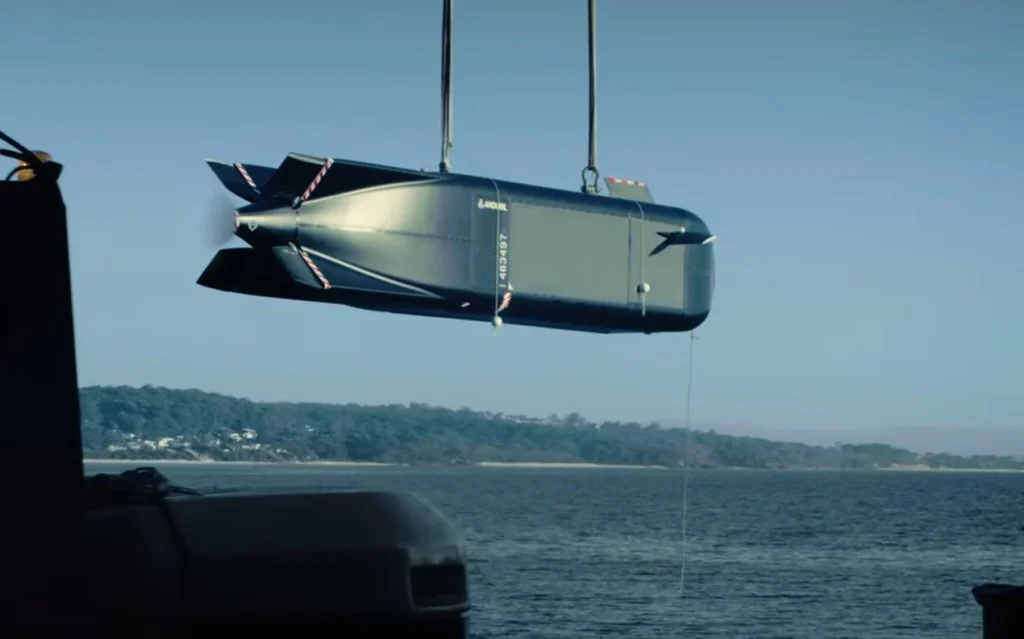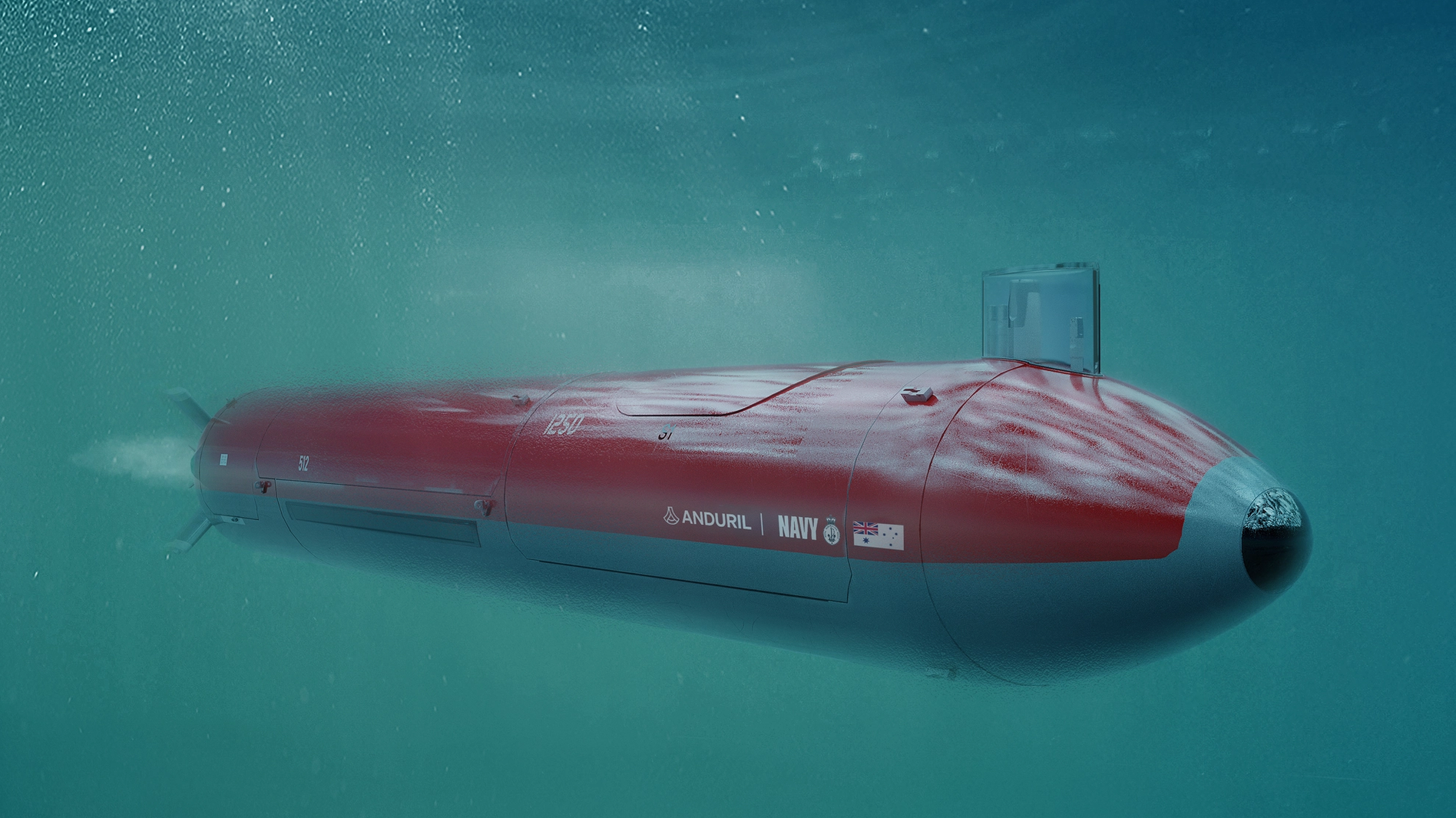In the ever-evolving theater of modern warfare, where algorithms are as crucial as ammunition, a new breed of defense companies is emerging. These aren’t your grandfather’s contractors; they’re Silicon Valley’s answer to national security, blending cutting-edge technology with military might. Leading this charge are the companies – Anduril Industries, Palantir Technologies, and Shield AI. Each carving a niche in the AI-driven defense landscape.
Anduril Industries: The Maverick of Military Tech
Founded by tech prodigy Palmer Luckey, Anduril Industries has rapidly transformed from a startup into a defense juggernaut. In 2024, the company reported a staggering $1 billion in revenue, marking a 138% increase from the previous year, fueled by significant government contracts.
Anduril’s portfolio is a testament to its innovative prowess. The Ghost-X autonomous drone and the Roadrunner interceptor drone exemplify its commitment to redefining aerial combat. On the maritime front, the Copperhead unmanned underwater vehicle (UUV) series offers both surveillance and offensive capabilities, with variants like the Copperhead-100M and Copperhead-500M designed for rapid deployment and reuse.
Collaborations have further bolstered Anduril’s position. A partnership with Microsoft aims to enhance the U.S. Army’s Integrated Visual Augmentation System (IVAS), integrating augmented reality into combat scenarios.
Financially, Anduril’s trajectory is meteoric. A Series F funding round in August 2024 raised $1.5 billion, valuing the company at $14 billion. By early 2025, discussions of a new funding round hinted at a valuation soaring to $28 billion.
Palantir Technologies: The Data Dynamo

Established in 2003, Palantir Technologies has long been a stalwart in data analytics for defense and intelligence agencies. Its platforms, like Gotham and Foundry, are instrumental in processing vast datasets for actionable intelligence.
In 2024, Palantir reported a 36% year-over-year revenue growth, reaching $828 million in Q4. The company’s 2025 revenue guidance stands at $3.74 to $3.76 billion, surpassing analyst expectations.
Palantir’s strategic moves include a partnership with Anduril, aiming to disrupt the traditional defense contractor landscape. Additionally, collaborations with Amazon Web Services and AI startup Anthropic are set to enhance its offerings to U.S. intelligence and defense agencies.
Despite a modest profit from a $50.7 million gold investment in 2021, which it sold in 2023, Palantir’s stock has surged, reflecting investor confidence in its AI-driven future.
Shield AI: The Autonomous Vanguard
San Diego-based Shield AI is making waves with its autonomous systems designed for contested environments. Its flagship product, the Hivemind AI pilot, enables drones to operate without GPS or communication links, a game-changer in electronic warfare scenarios.
In 2024, Shield AI’s revenue reached $267 million, a 64% increase from the previous year. A recent $240 million funding round in March 2025 elevated its valuation to $5.3 billion.
The company’s V-BAT drone, capable of vertical takeoff and landing, has been showcased in teaming demonstrations, highlighting its potential in swarm tactics and collaborative missions.
Comparative Snapshot: The Titans at a Glance

Final Salvo: Navigating the New Defense Paradigm
The convergence of artificial intelligence and defense is not a distant future—it’s our present reality. Companies like Anduril, Palantir, and Shield AI are not just participants; they’re architects of a new military-industrial complex where code and combat coalesce.
As these tech titans reshape the battlefield, ethical considerations loom large. The deployment of autonomous weapons systems raises questions about accountability, decision-making in life-and-death scenarios, and the potential for an AI arms race.
Yet, in a world where adversaries are rapidly advancing their technological capabilities, the imperative to innovate is undeniable. The challenge lies in balancing the scales—harnessing the power of AI to protect and defend, while ensuring that humanity remains at the helm of its creations.
In this high-stakes arena, the victors will be those who not only master technology but also navigate the moral and strategic complexities it entails. The battle lines are drawn, not just on maps, but in lines of code and ethical frameworks. The future of defense is here, and it’s as much about values as it is about victories.


0 Comments